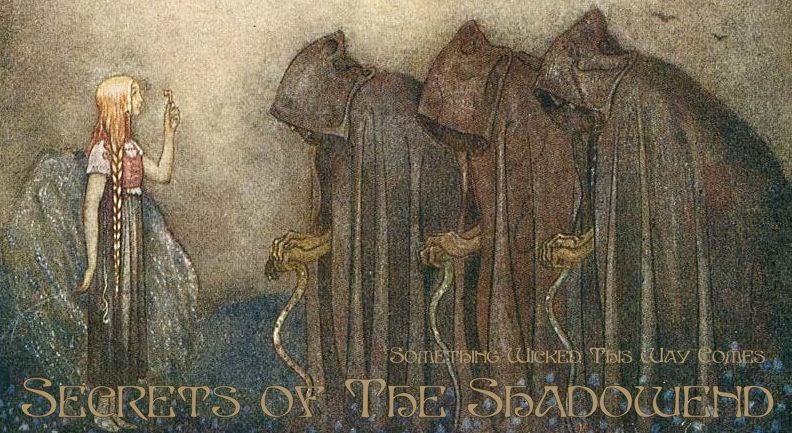Getting The Basic Illusionist out the door left a space for new ideas to flood in, so I'm sorting through those. I'd like to do something, or a bunch of something, for Knockspell, and probably also Open Gaming Monthly (for which I also need to write a review or two). Plus, the cultist has also turned out to be unexpectedly fertile in some respects, so I'm plugging away at that, which wasn't on my radar at all (because every class needs variants like the apostate, diabolist, knave of courts, and sha'ir).
I feel like I ought to post something spring and game-related, so, let's see what I can find in the archives.
Here we are. Three magic items, part of a batch I wrote in 1998 as a follow-up to my Dragon magazine article. The article came out in August of 1999, I think? It was on the stands at Gen Con when WotC announced Third Edition, so that scuttled my plans. It was a pretty awesome GenCon to be at, though - not that I have much standard for comparison.
Badge of Alliance
These
magical brooches or pins are constructed by halfling priests, and given to
particularly valiant non-halfling allies.
They often bear a symbol important to halflings, such as a sheaf of
wheat, a sickle, a smiling sun, or a bush or shrub. The maker of a badge can always recognize her own work.
A
badge of alliance grants the bearer
several magical abilities:
·
speak
with any halfling he encounters with perfect fluency;
·
reduce his size to 3' tall for one hour per day;
·
Move
silently through natural terrain as a halfling, imposing a -4 penalty to
opponent's suprise roll, if the bearer is in non-metal armor and either alone,
or in a party of characters with similar abilities.
Badges of alliance
function only for good characters, or the individual for whom they were created.
Dagger, Thornblade
Inconspicious
items often carried by halfling sheriffs, guardians, wardens, and other
protectors, thornblades appear as
woody brown thorns between 3" and 6" long. Halflings often use them as hairpins, or to
pin a cloak together, or simply stick them into the cuff of their pantleg. When
grasped and the the command word is spoken, however, a thornblade transforms into a long, razor-sharp dagger that inflicts
1d4+1/1d3+1 hit points of damage. Thornblades are carried as emergency
weapons, and used sparingly, since they may be used only three times before the
magic is extinguished. A 7th-level or
higher priest of Avoreen, Brandobaris, Sheela Peryroyl, or Yondalla, however,
may recharge a thornblade over the
course of a week.
Thornblades are not metallic weapons in
either form, and are not affected by rust, magnetism, or any other attack
designed for metallic objects.
10%
of thornblade daggers are permanently
enchanted magical items, with a bonus of +1 to +3.
Puff-puff Pipe (Pipe of Deception)
Puff-puff
pipes are the work of powerful gnomish illusionists and a few
rare halfling priests. These tobacco pipes are seemingly identical to those favored by elderly halflings, gnomes, and wizards of all ages. The pipe
functions perfectly as an ordinary pipe, but its true magic is revealed
when a pinch of certain ingredients are introduced to the bowl of the pipe.
·
With the
addition of a special blend of herbs (worth 25gp for 10 pinches), the bearer of
a pipe of deception may cast change self.
·
A pinch
of powdered dung (no cost), allows the smoker to cast stinking cloud.
·
A
fragrant blend of herbs and spices (75 gp for 10 pinches), enables the bearer
to cast phantasmal force.
·
With a
pinch of powdered diamond (worth 50gp per pinch), the pipe-bearer may cast hypnotic pattern.
·
Ground
nettles and thistles (no cost), allow the bearer to cast wall of smoke (identical to wall
of fog).
In each case, the spell effects are created out of smoke from the pipe, and last only as long as the pipe-bearer concentrates or until the spell duration ends, which comes first. The pipe of deception must be lit and smoked for the magic to function. The pipe always smells fresh, and never needs cleaning. A few reports have indicated that a few pipes may possess other powers.
